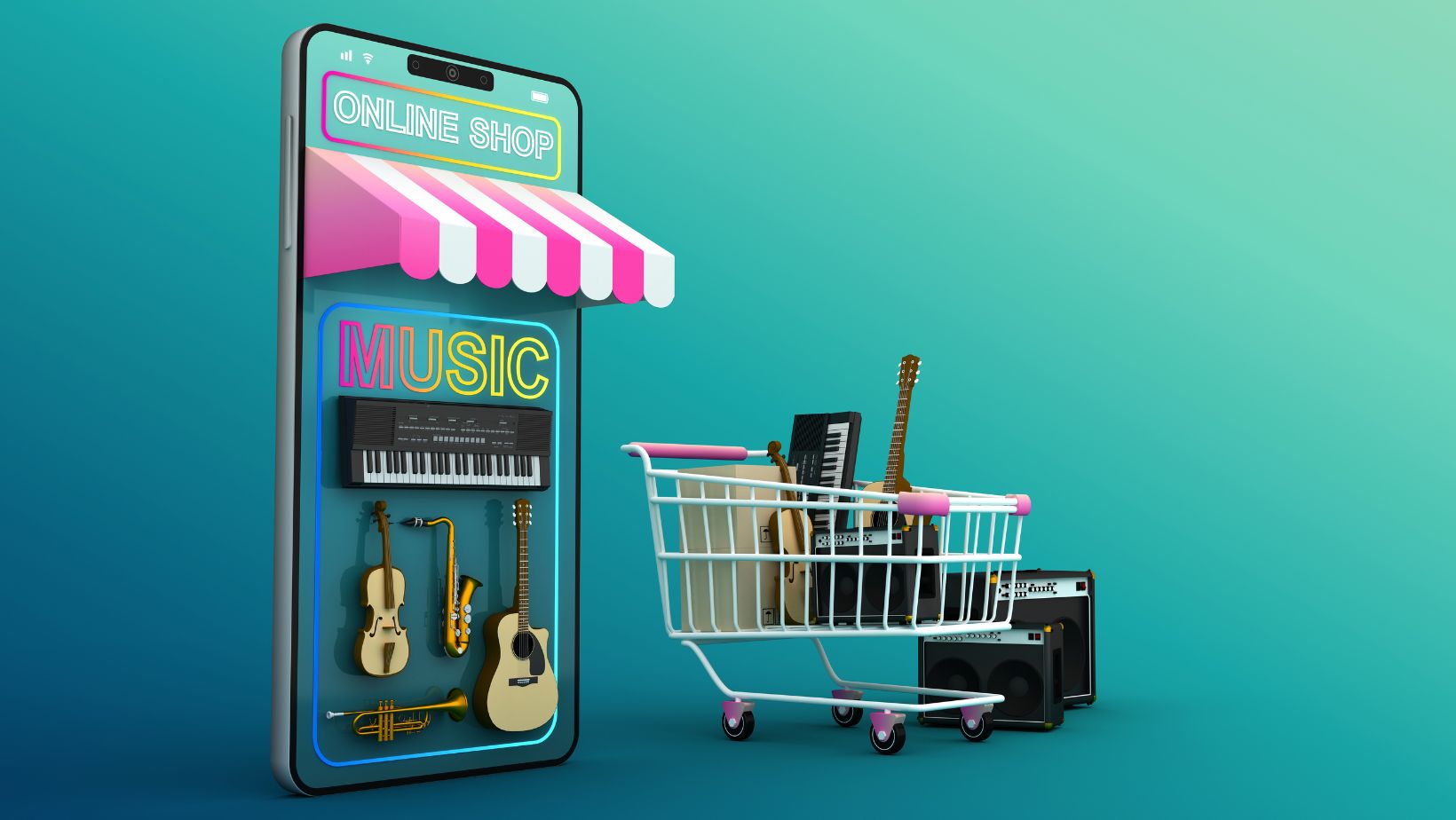In today’s fast-paced digital era, retail businesses are undergoing a significant transformation. Digital transformation in retail isn’t just a buzzword; it’s a necessary evolution to meet the demands of tech-savvy consumers. As online shopping becomes the norm, retailers must adapt by integrating innovative technologies to enhance customer experiences and streamline operations.
As the retail landscape continues to evolve, businesses must be agile and forward-thinking. Embracing digital transformation is no longer optional; it’s a strategic imperative for success in the modern retail world. This journey promises exciting opportunities for growth and innovation in the industry.
Digital Transformation In Retail
Digital transformation in retail involves integrating digital technology into all aspects of a retail business. By embedding technology, retailers expand their capabilities and adapt to changing consumer behavior. It’s essential for meeting the demands of digital-savvy shoppers and sustaining competitiveness in a rapidly evolving market.
Retailers leverage several technologies to optimize their operations. Data analytics provides insights into consumer preferences, allowing for personalized marketing and inventory management. Artificial intelligence enhances customer service through chatbots and personalized recommendations. These technologies collectively transform the way retailers interact with customers and handle logistics.

Key Drivers Of Digital Transformation
Retail’s shift towards digital transformation is influenced by key factors that shape the industry’s future. These drivers are critical for adapting to the changing market.
Consumer Behavior Shifts
Rapid changes in consumer behavior impact digital transformation in retail significantly. Shoppers prefer personalized experiences and expect seamless interactions across online and physical stores. Convenience drives customers to use mobile apps and online platforms, influencing retailers to adopt digital strategies.
Technological Advancements
Technological advancements accelerate retail digital transformation. Innovations in artificial intelligence, data analytics, and cloud computing enhance operational efficiency and customer experience. AI powers chatbots and virtual assistants, improving customer service and engagement. Cloud solutions provide flexible operations and scalability.
Competitive Pressure
Competitive pressure motivates digital transformation in retail. Businesses strive to differentiate by offering unique products and experiences. Retailers embrace digital solutions to streamline operations and reduce costs, giving them an edge in a saturated market. Digital tools help monitor competitors, allowing swift response to market trends and maintaining a competitive advantage.

Core Components Of Retail Digital Transformation
Retail digital transformation involves several key components that enable businesses to meet modern consumer demands effectively. Harnessing technology through these components is essential for retailers striving to maintain competitiveness.
E-commerce Integration
E-commerce represents a fundamental aspect of retail digital transformation. Businesses integrate online platforms to extend their reach and create convenience-oriented experiences for consumers. Offering mobile-optimized websites, effective product listings, and secure payment gateways builds seamless shopping experiences.
Data Analytics And Insights
Data analytics fuels informed decision-making in the retail sector. By leveraging large datasets, retailers can gain deep insights into consumer behavior and preferences. Predictive analytics facilitates personalized marketing campaigns, while real-time data supports inventory management and demand forecasting.
Omnichannel Customer Experience
Creating an omnichannel experience is vital for retailers seeking to unify customer interactions across multiple channels. By coordinating online and offline touchpoints, retailers ensure a consistent experience and increase customer retention.
Supply Chain Optimization
Optimizing the supply chain is crucial for improving overall efficiency and responsiveness. Digital tools like IoT-enabled tracking systems and automated inventory management streamline operations. Enhancing visibility in the supply chain leads to better stock control and faster delivery times, improving customer satisfaction.

Future Trends In Retail Digital Transformation
Retail digital transformation is evolving with several trends shaping the future landscape. One prominent trend is the integration of augmented reality (AR) and virtual reality (VR), enhancing the shopping experience by allowing customers to virtually try products before purchase.
Another trend is the rise of voice commerce, as voice-activated devices become more common in households. Retailers are optimizing their platforms to support voice search, enabling consumers to make purchases through voice commands. Statista projects that voice commerce sales in the United States will reach $40 billion by 2022.
Lastly, predictive analytics is redefining inventory management. By analyzing consumer data, retailers can anticipate demand trends, optimize stock levels, and reduce costs, thus aligning with the overarching goal of digital transformation in retail to enhance operational efficiency and consumer experience.

